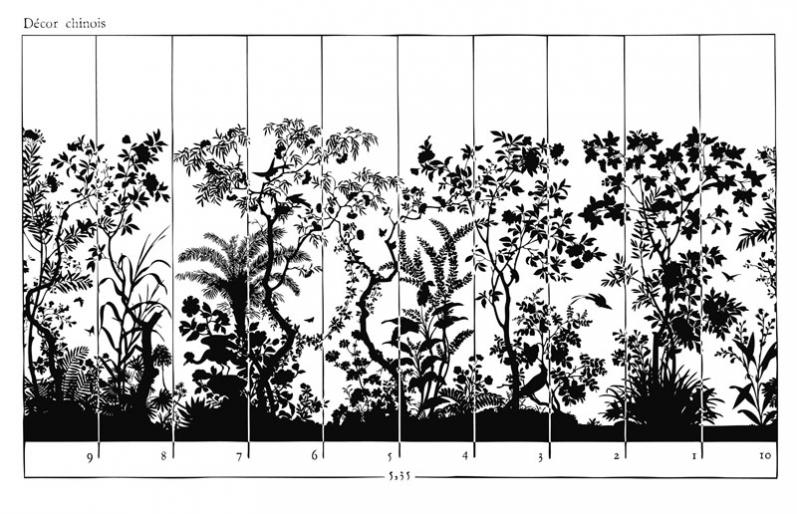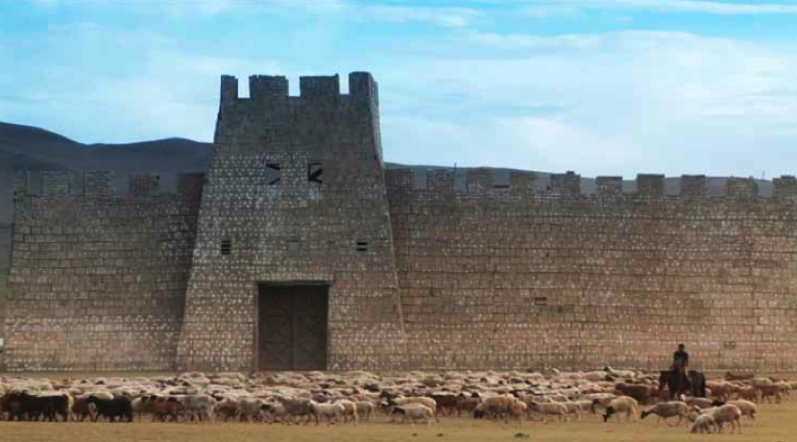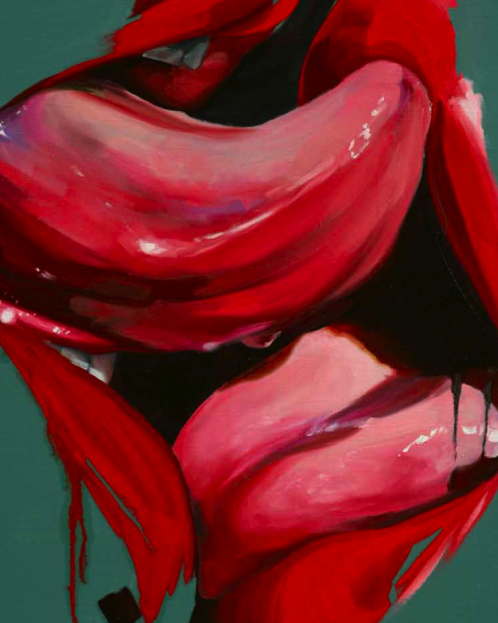The ongoing high-speed transforma-
tions of urban space in current China as
well as the development of new models
of cities and urban landscapes mostly
aim at economic growth.
This Chinese “jump into the future” of
living conditions and architecture, espe-
cially in the years of enormous interna-
tional attention towards China because
of the Olympic Games Beijing 2008 and
the World Expo Shanghai 2010, works
as a world laboratory of city planning.
One of the related problems of these
processes is the large-scale destruction
of long-established city structures, mi-
Recent blog posts
Klaus Schafler - Beijing eight stroke city - 2050
- Editor1's blog
- Login to post comments
- Read more
Christian Mayer - Wallpaper

The wallpaper “Décor Chinois” was created by the French company Zuber in 1832 after the design of the artists Ehrmann and Zipelius and served the European bourgeoisie’s fascination for the cultural and scenic opulence of China. This wallpaper is standing in the tradition of hand-printed decor wallpapers that came into vogue in the beginning of the 19th century and that were mostly designed by painters that have never left Europe in person.
- Editor1's blog
- Login to post comments
- Read more
Sonia Leimer - Chinese Wall

In 2007 Sonia Leimer found a part of the Chinese Wall in Mongolia. This part was built in the middle of the Mongolian landscape for a movie shot by BBC called „Genghis Khan“. Together with the Mongolian film crew that shot the original scenes Sonia Leimer did a movie with and about the leftover film set.
- Editor1's blog
- Login to post comments
- Read more
Thomas Lehner -Los Refrigeradores - Hot nights, cold fridges

Cuba on ice ? Naturally it´s served in cocktails at the beach bar ? But for the island's residents, keeping things in a cold, solid state is a matter of survival and constitutes a daily struggle. The Chinese brand Haier is dominant in Cuba. In the 1920s, a refrigerator factory was built in Qingdao, China to supply the Chinese market. In 2006 Haier shipped 300,000 fridges to the island.
- Editor1's blog
- Login to post comments
- Read more
Wie -yie Lauw - Nomansland
What is there to be forgotten?How do
you want to be remembered? Who will
remember you?
„Nomansland“ is based on memory trac-
es connected through time and space.
Wie-yi´s memories are deeply woven
within her multi cultural backgrounds,
which are rooted far back to China. Car-
rying different nationalities and heri-
tages in her, China triggered her curios-
ity to begin her journey in search of her
identity.
By reconstructing her fictional timeline,
she goes back in time filling up blank
spots with found photographs shot by
- Editor1's blog
- Login to post comments
- Read more
Heimo Lattner - The Last Picture (afterthought)
Previous works have traversed the density of the urban, whilst en-
abling specific experiences of the local. He engages audiences in
the process of viewing and listening (discovering, exploring…).
Considerations of space are at the heart of his questions concern-
ing politics in a sense that space can be both a reflection of a po-
litical atmosphere as well as being a site for which to extend politi-
cal ambitions.
He has been involved extensively in
mapping areas and constructing vi-
sual and text based “narratives” con-
fronting the specific sites of inquiry. He
- Editor1's blog
- Login to post comments
- Read more
Lieve D´hondt, Almut Rink, Christof Schlegel - early heaven,

- Editor1's blog
- Login to post comments
- Read more



